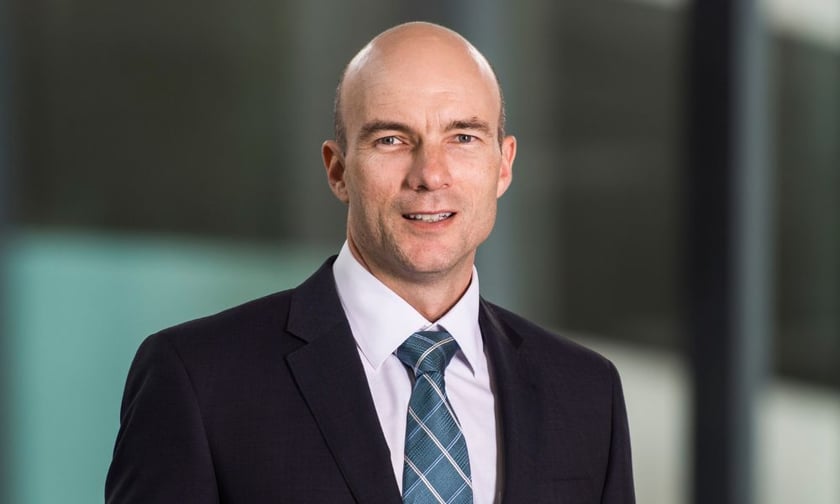

Australia’s insurance industry continues to face novel and difficult issues including dipping profits for motor insurance and losses for home coverage offerings.
“Despite the premium increases that insurers have pushed through for home and motor products over the past 12 months, they are still struggling to improve the profitability of these products,” said Scott Guse (pictured above), KPMG Australia’s insurance partner.
According to KPMG’s recent quarterly update to its general insurance dashboard, the context for these market challenges include rising reinsurance costs and the ongoing struggle with natural catastrophes. The firm expects premiums to continue increasing next year, likely by 10%.
Brisbane based Guse said insurers underwrite about $24 billion of premium across their home and motor insurance offerings. However, the total profitability for both these classes, he said, is only around $100 million.
“Home continues to be loss-making, losing $321 million for insurers over the last 12 months,” Guse said. “Inflationary factors throughout the supply chain process: products, materials and labour, have significantly increased thus increasing claim costs.”
He said claim costs, along with rising reinsurance costs, have “consumed” all the premium increases insurers have charged over the past year.
Meanwhile, according to the dashboard, motor’s profits are down by about 40% on last year. Guse said these coverages made insurers a profit of $408 million compared to last year’s COVID impacted $688 million.
“The industry has seen an increase in the number of accidents as more drivers venture back onto the roads post-COVID,” Guse said. “This combined with the Inflationary factors throughout the supply chain process have significantly increased thus contributing to increasing claim costs.”
Guse suggested these motor cost challenges could start to get worse as more policyholders purchase electric vehicles (EV).
“Current statistics would show, on average, that EVs are twice as likely to be involved in an accident, this being primarily due to the different, more sensitive acceleration and braking dynamics of EVs compared to traditional combustion engine vehicles,” he said.
Guse said this, added to the comparatively higher cost of repair “presents a much higher claims frequency and cost environment for insurers, and then ultimately much higher premiums for EV policy holders.”
However, despite these multiple challenges, particularly the soaring premiums – the ICA’s CEO Andrew Hall recently said home insurance has risen by up to 30% – Guse said “the industry has held tight.”
“All players continue to increase prices and pass on their cost increases,” he said. “Pleasingly, most insurers have maintained strong retention rates, meaning that policyholders, whilst not necessarily liking the price increases they are being asked to pay, understand the need for increases and that shopping around will not always result in a reduced price.”
However, it's uncertain how long this situation can continue. Guse said if markets follow historical norms and start to return to “decent and sustainable profits,” it would be likely that insurers would start to price cut to gain market share.
“Personally, I don’t see the industry following this history anytime in the near future,” he said. “With talks of recessions across the globe, investment returns will not be stable for some time, coupled with this Insurers are now operating in a very different market than they have experienced in the past.”
Guse said this “very different market” includes extremely high inflation, market realigning reinsurance costs and ongoing climate change impacts.
“All of which point to a continued increase in costs and thus a flow on increase to premium prices,” he said.
Guse suggested that the insurance industry’s strong focus on climate change issues could help it turn things around in the longer term.
“The impacts of climate change are top of mind for insurers in ensuring their business models are sustainable in the long term,” he said. “To this extent, the industry has been a very strong advocate for disaster resilience and mitigation.”
Guse said industry research shows that every $1 spent on disaster resilience, returns a $9 benefit to the economy.
“Further the more money spent on resilience the more likely we are to see premium reductions – due to reduced risk – and therefore it also helps address the issue of insurance affordability,” he said. “Whilst this is a great start, the industry needs to continue their push with government and with customers to continually improve disaster and claim resilience.”
How do you see the insurance challenges in home and motor? Please tell us below.
